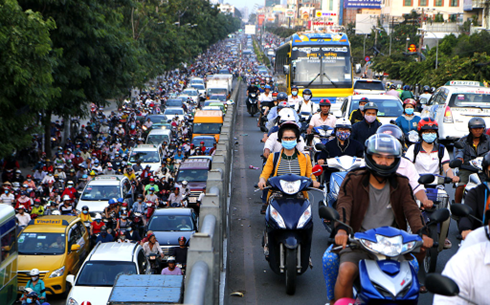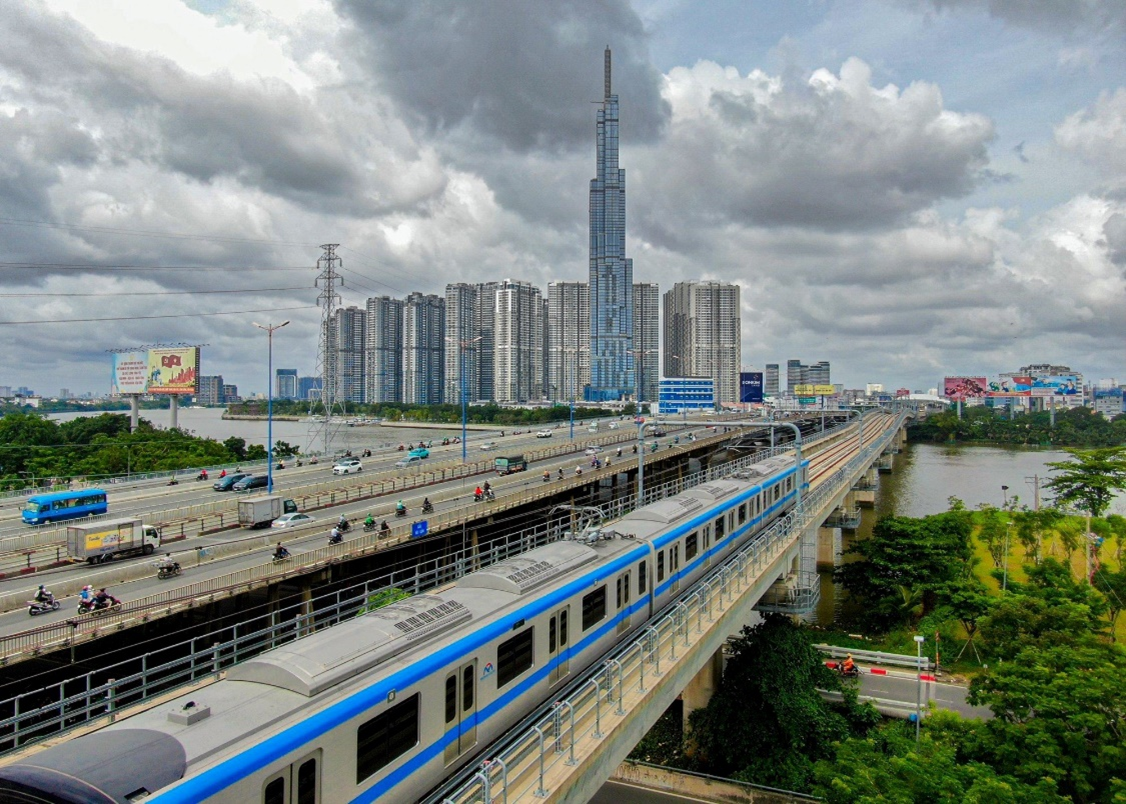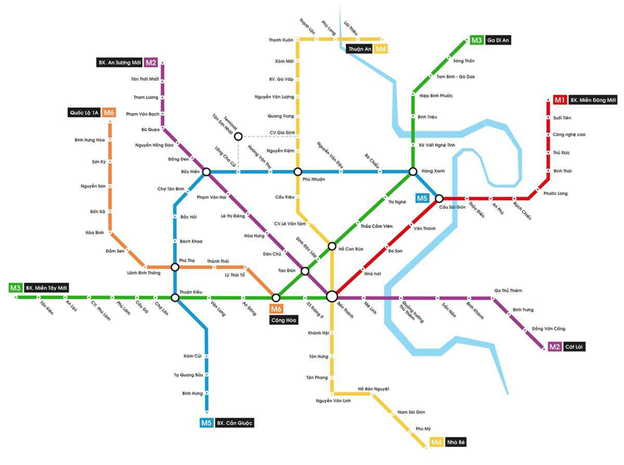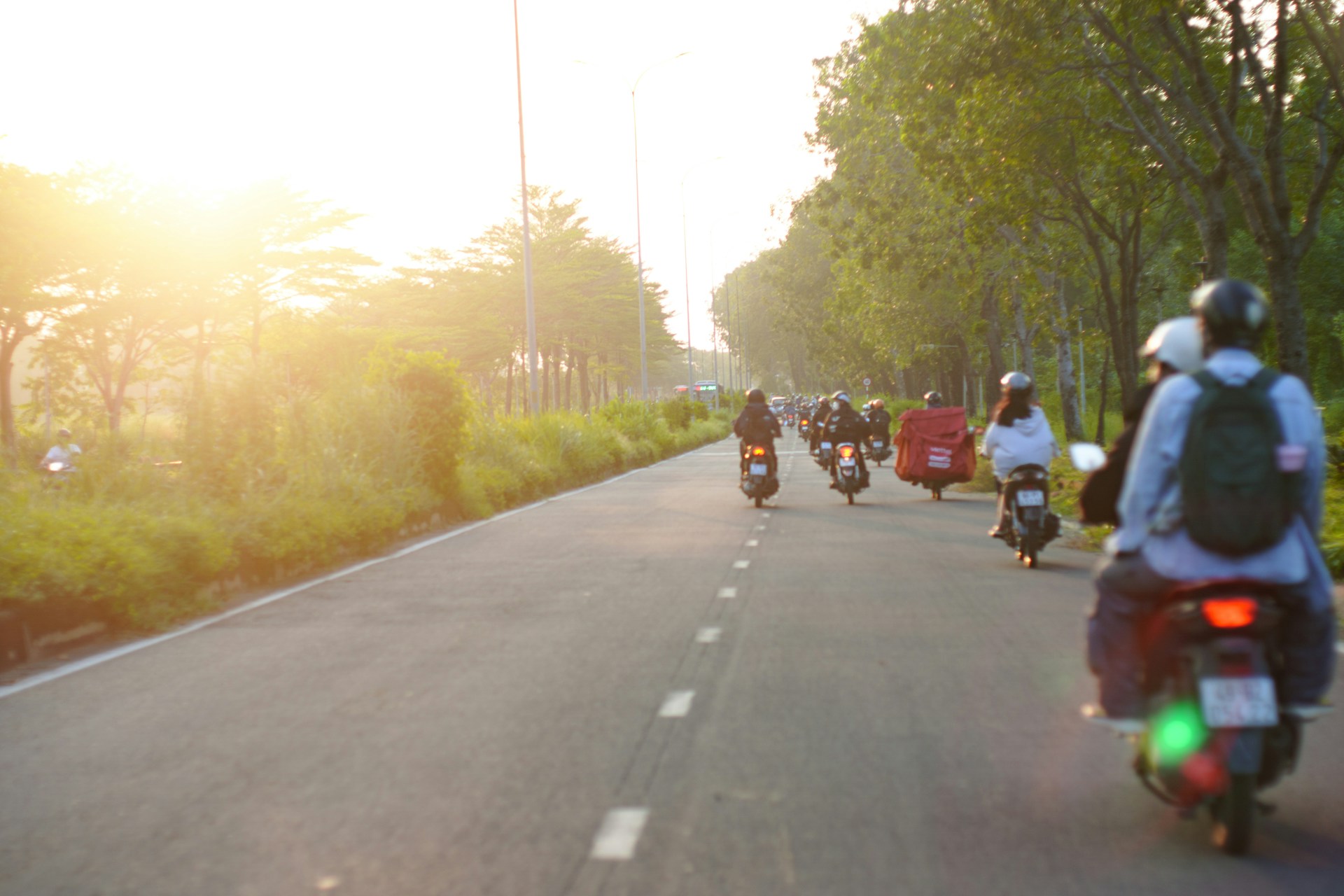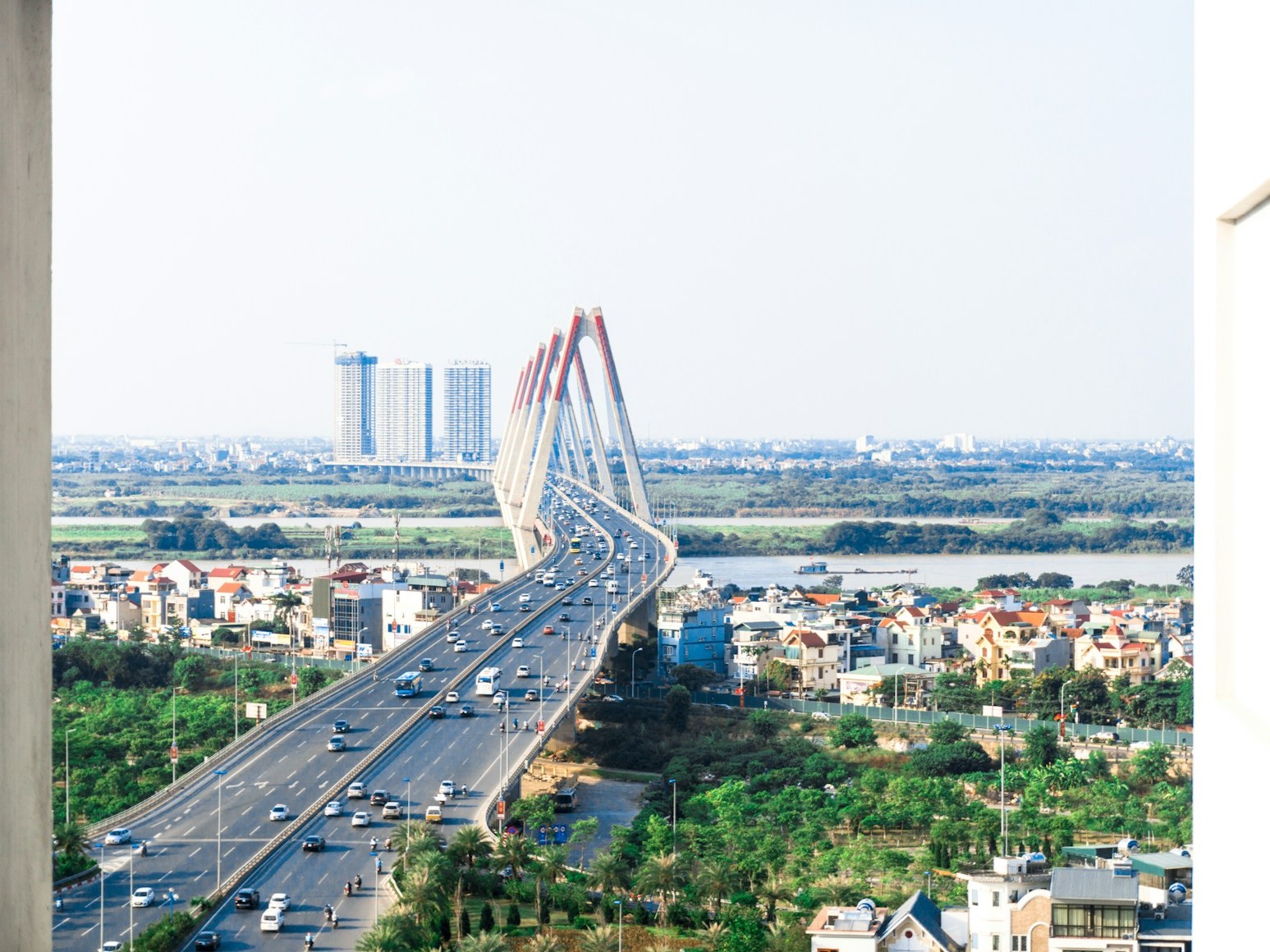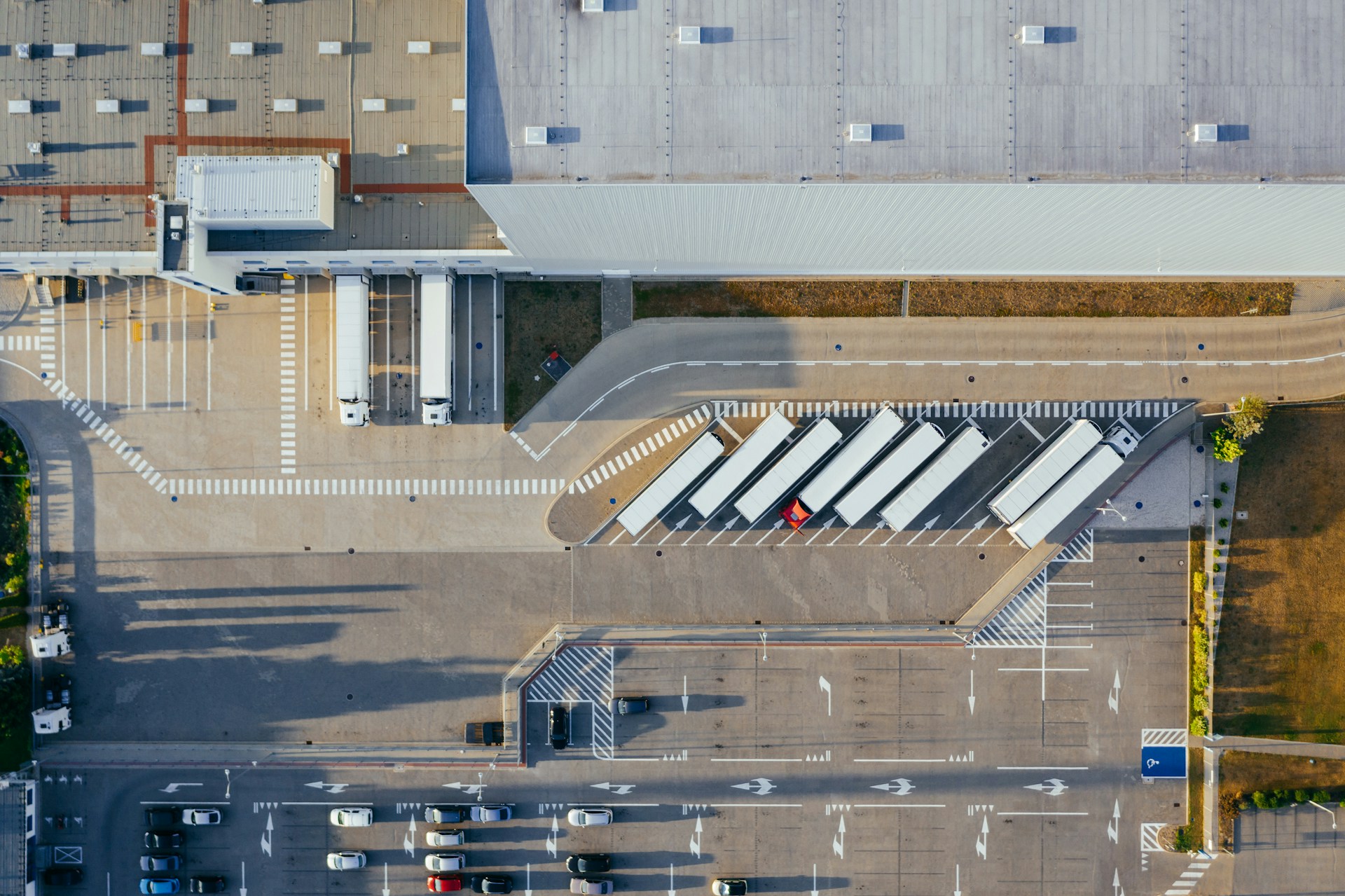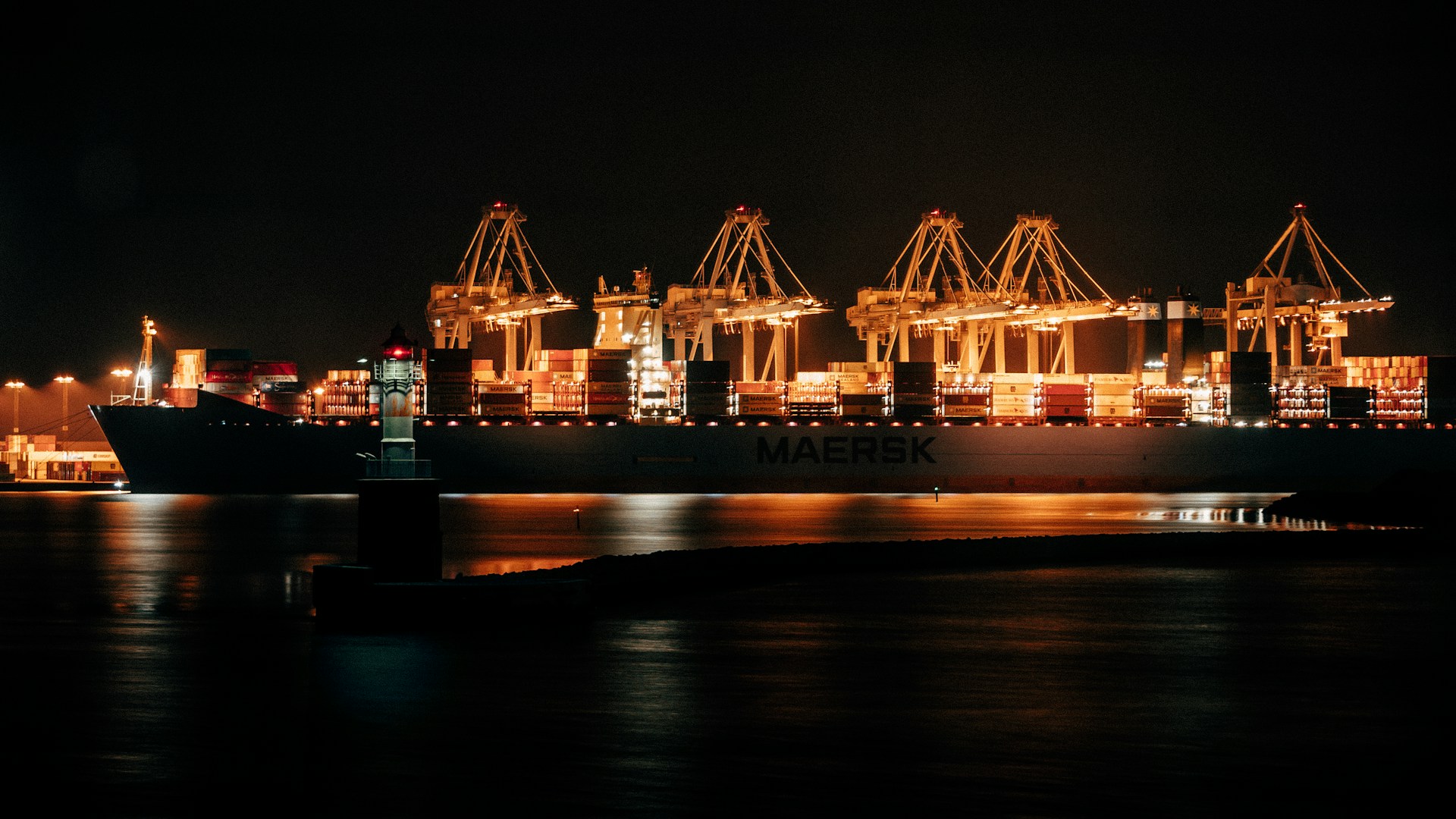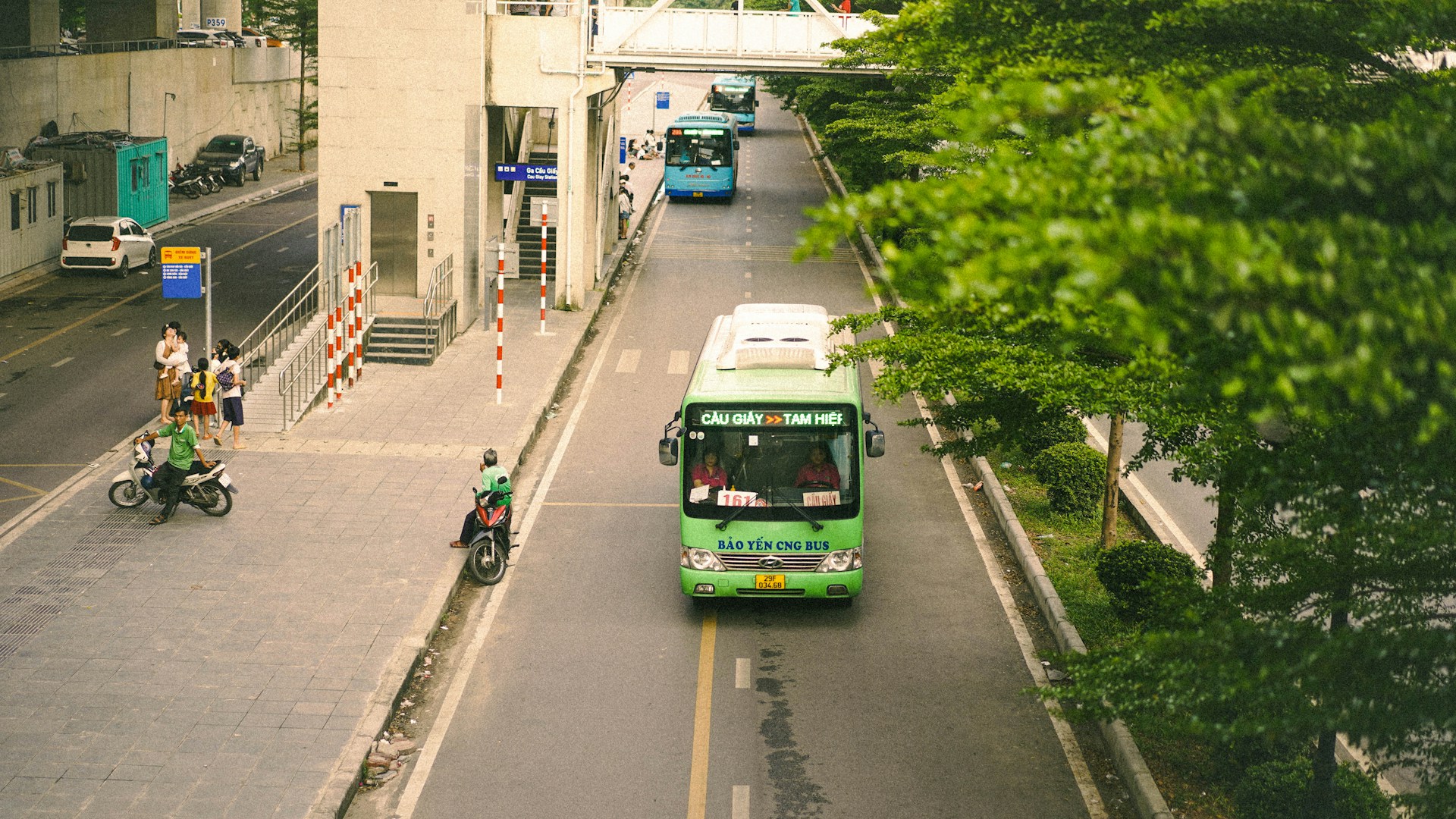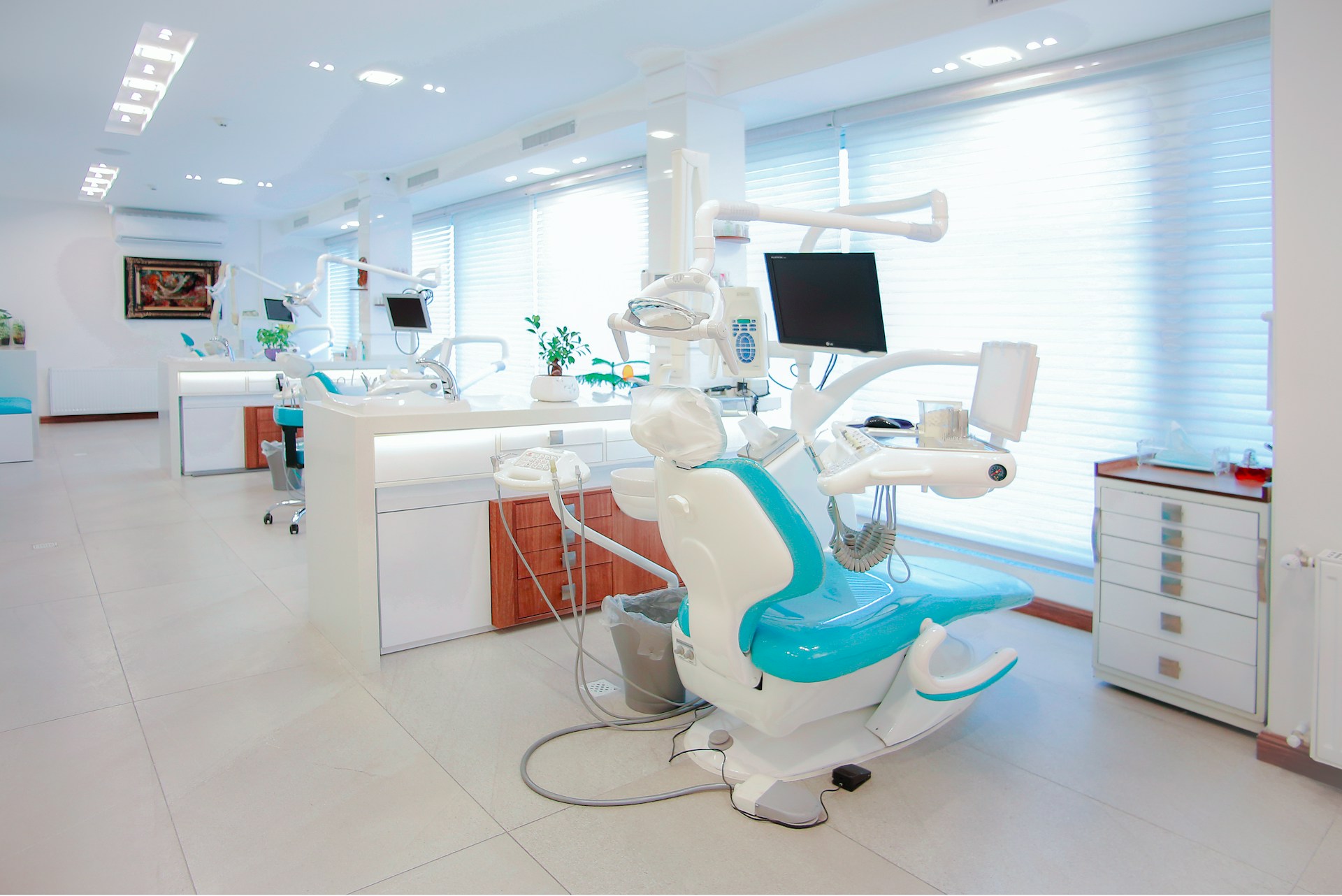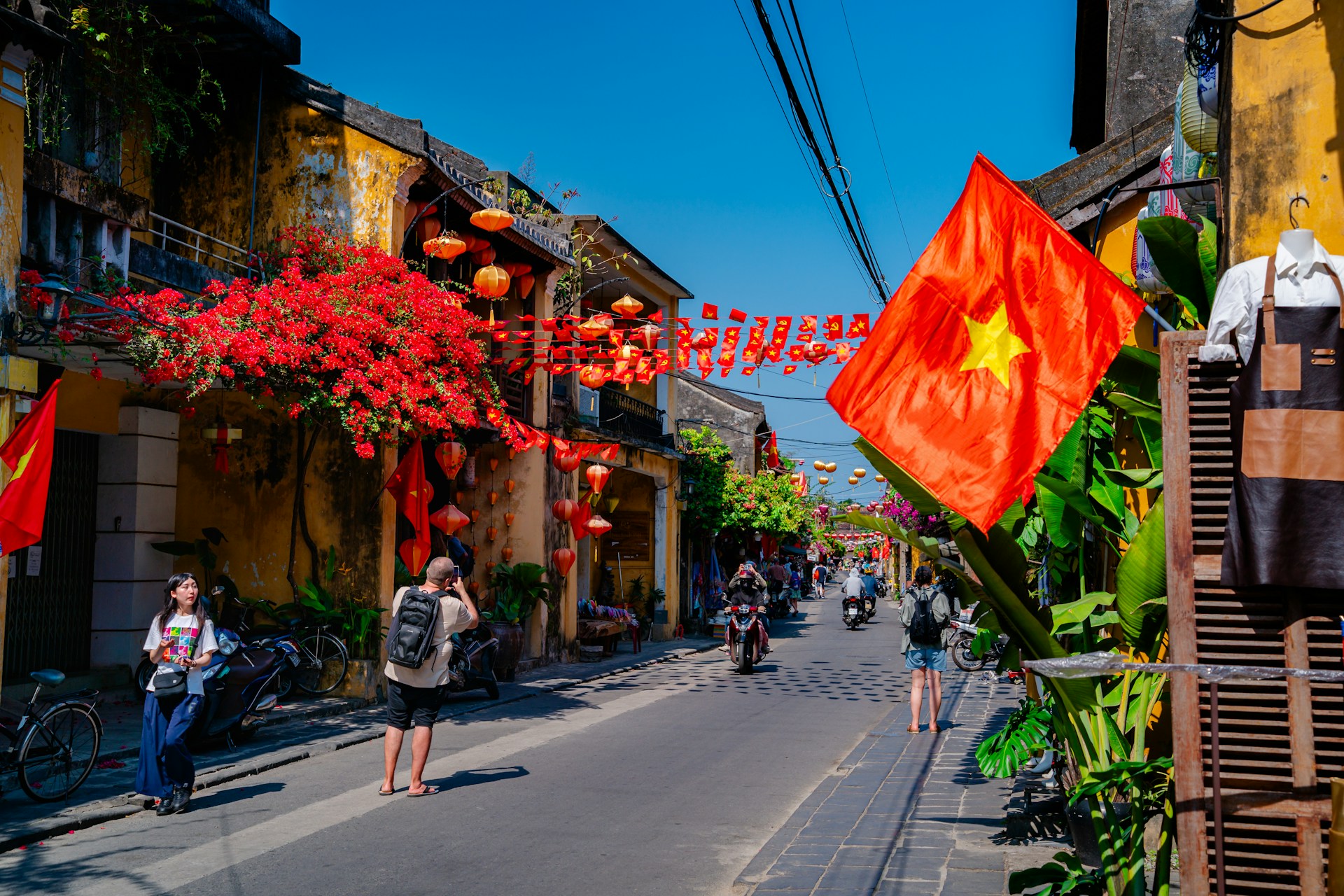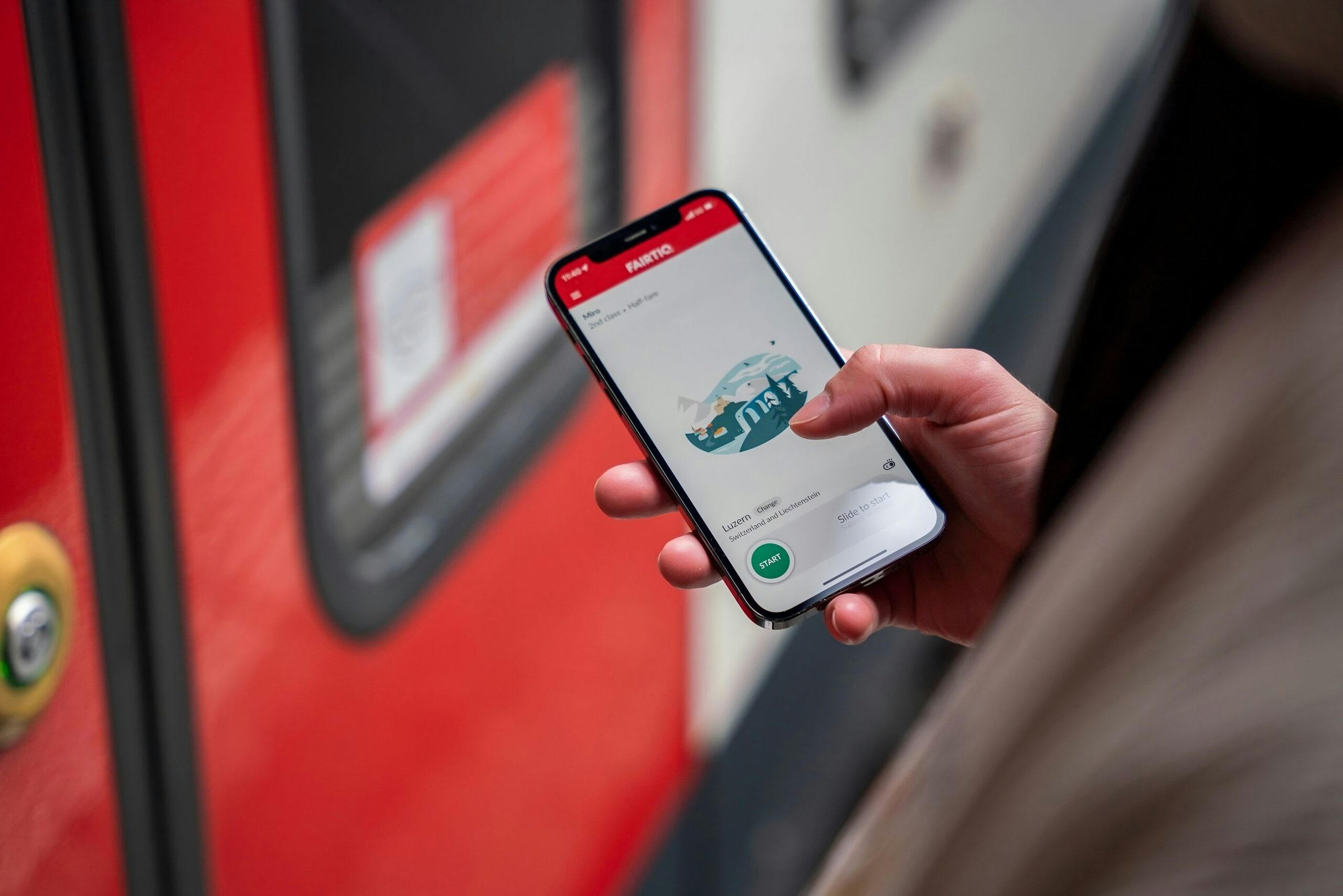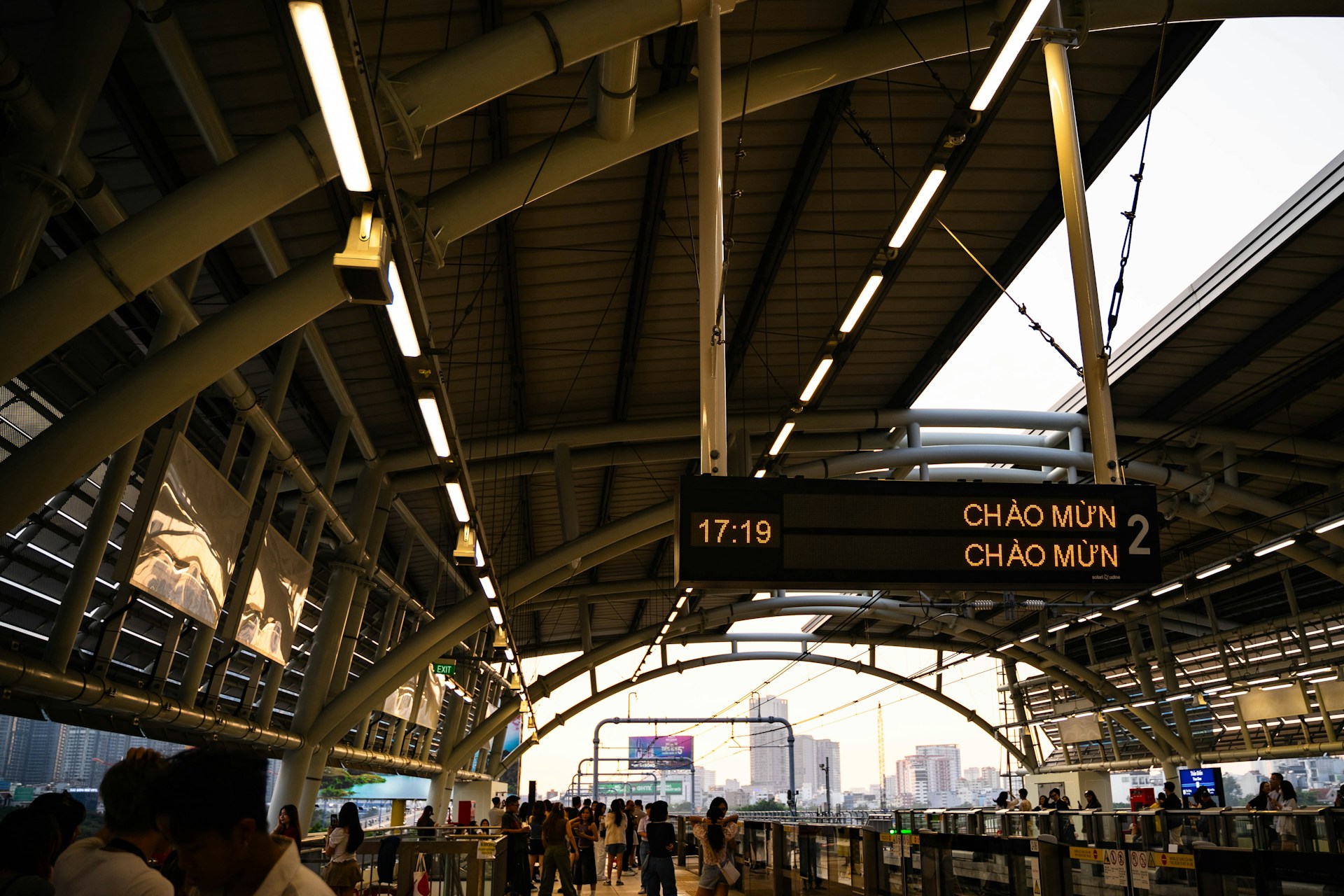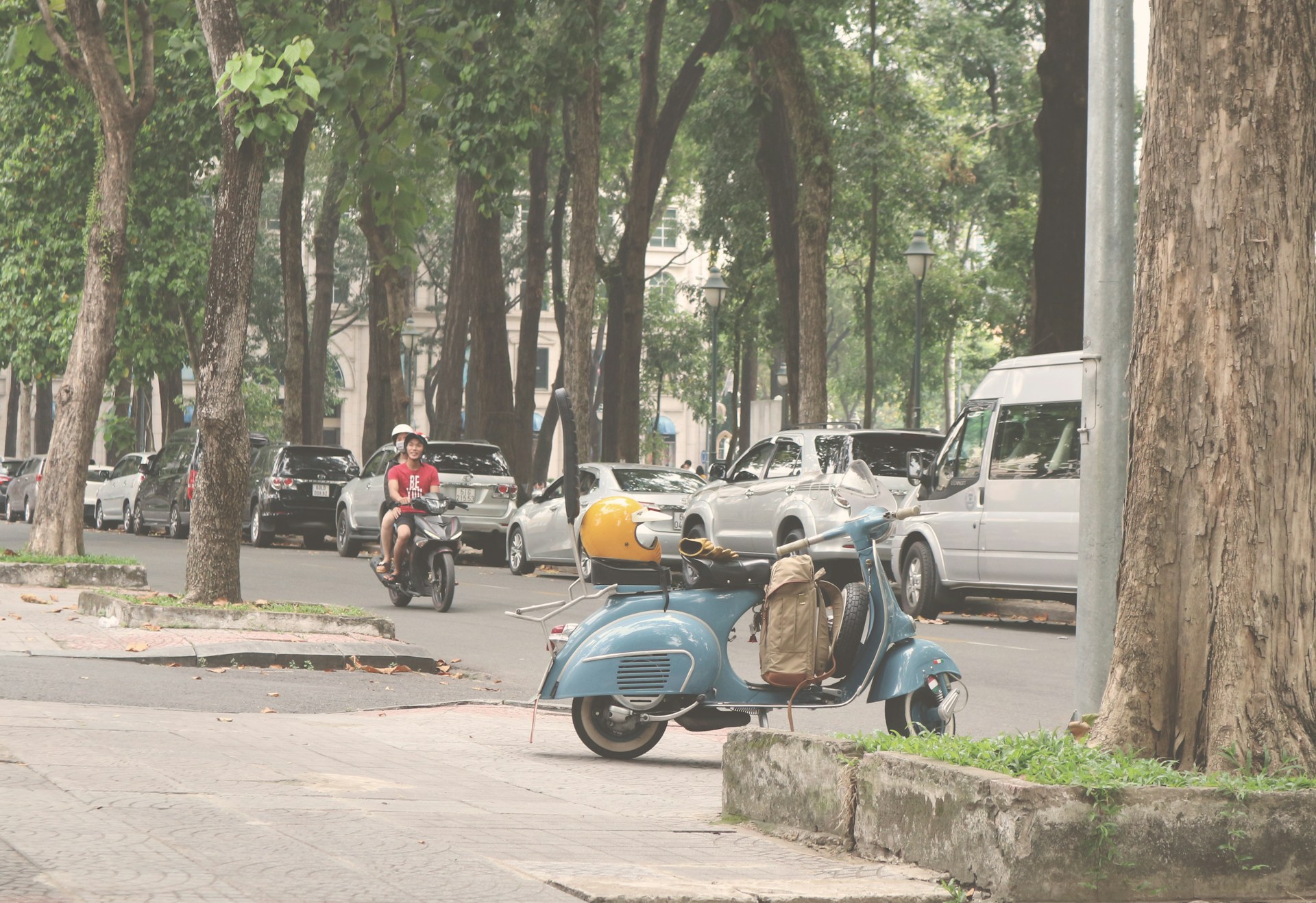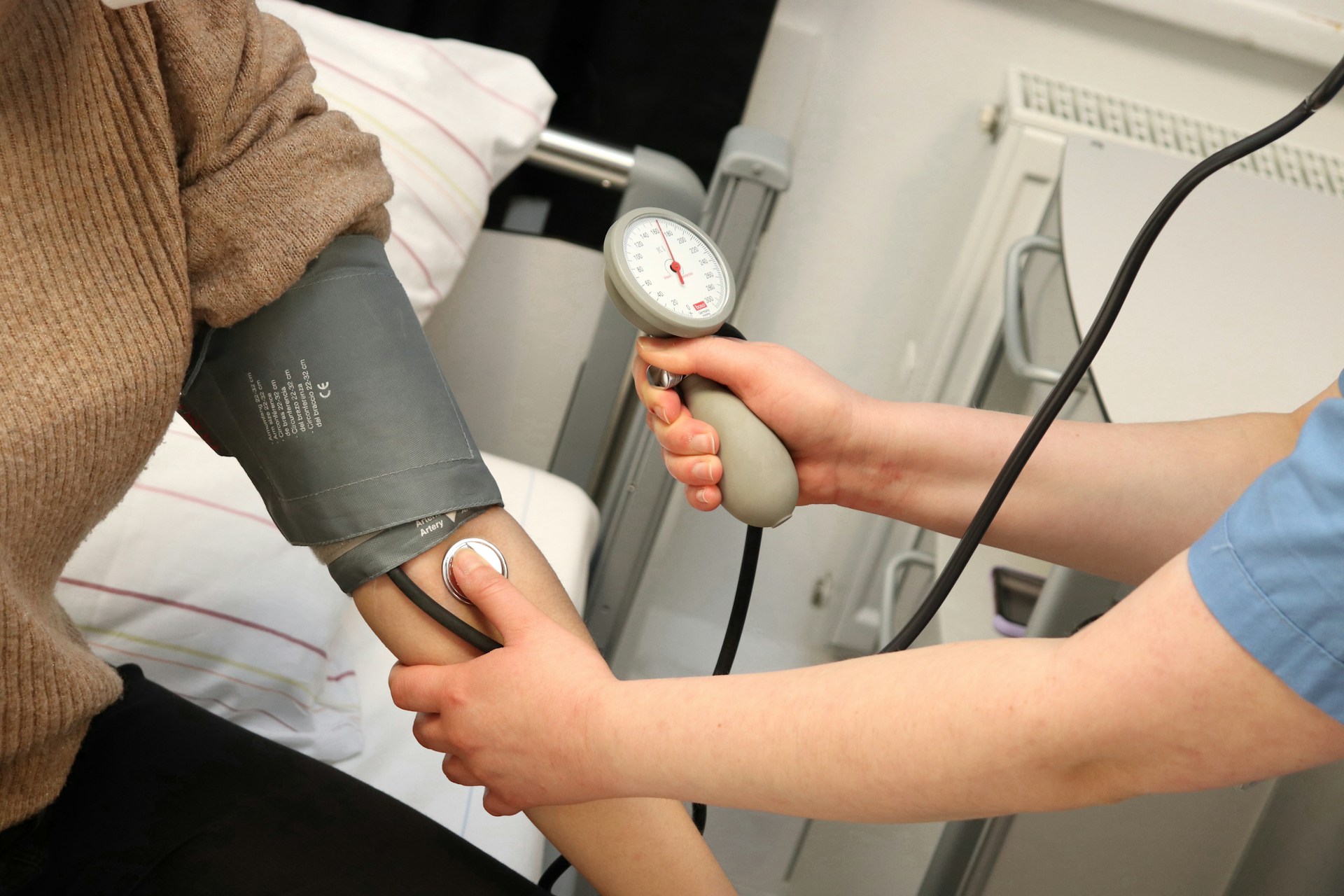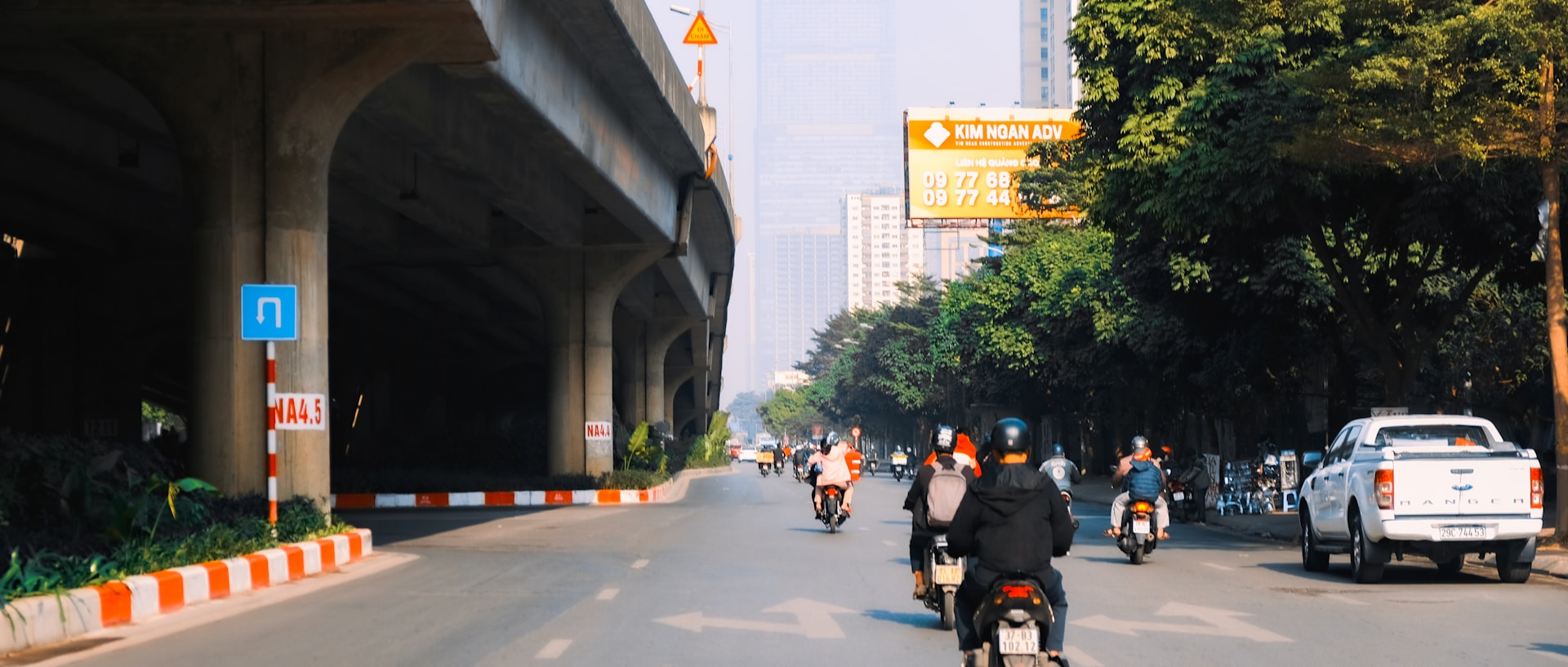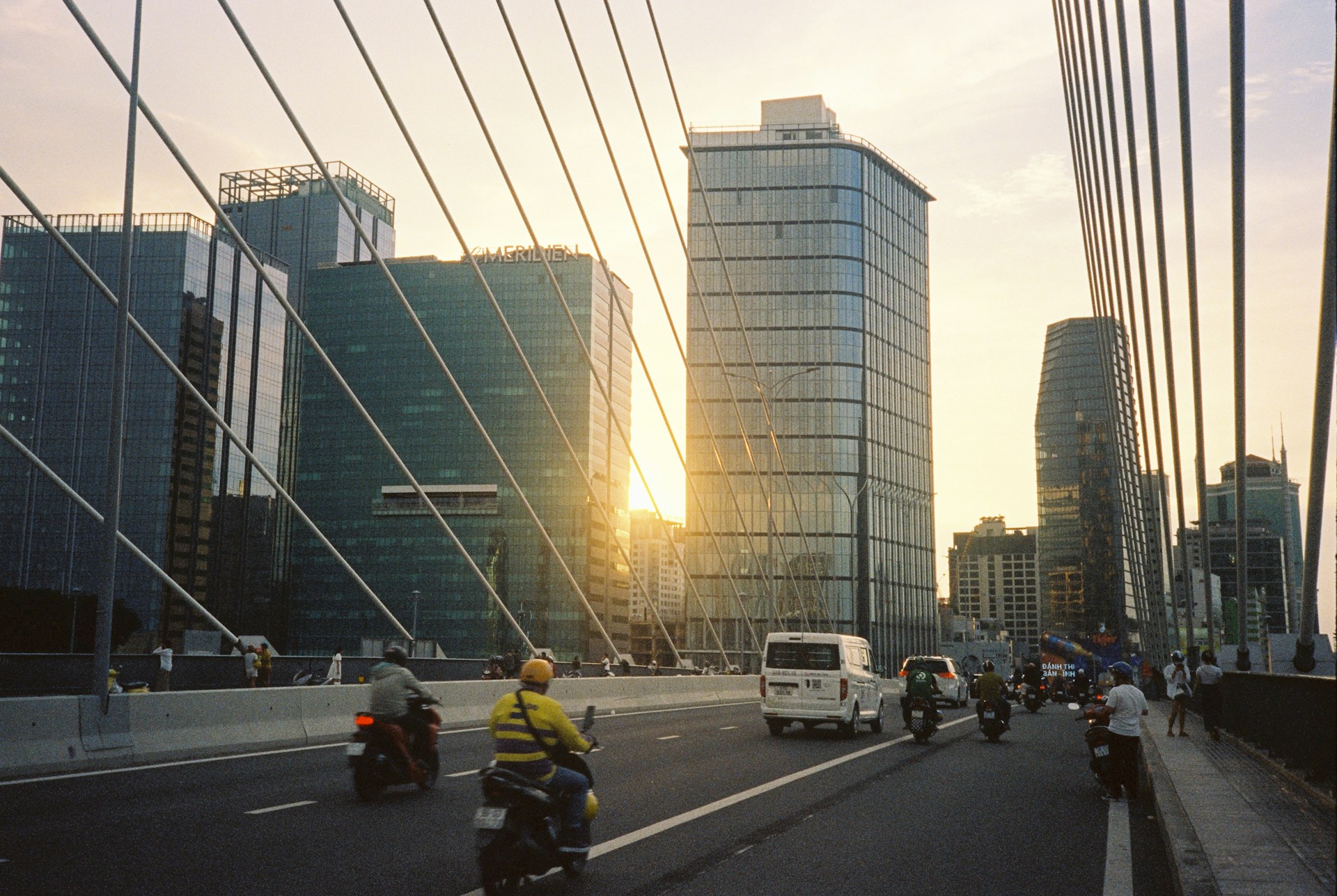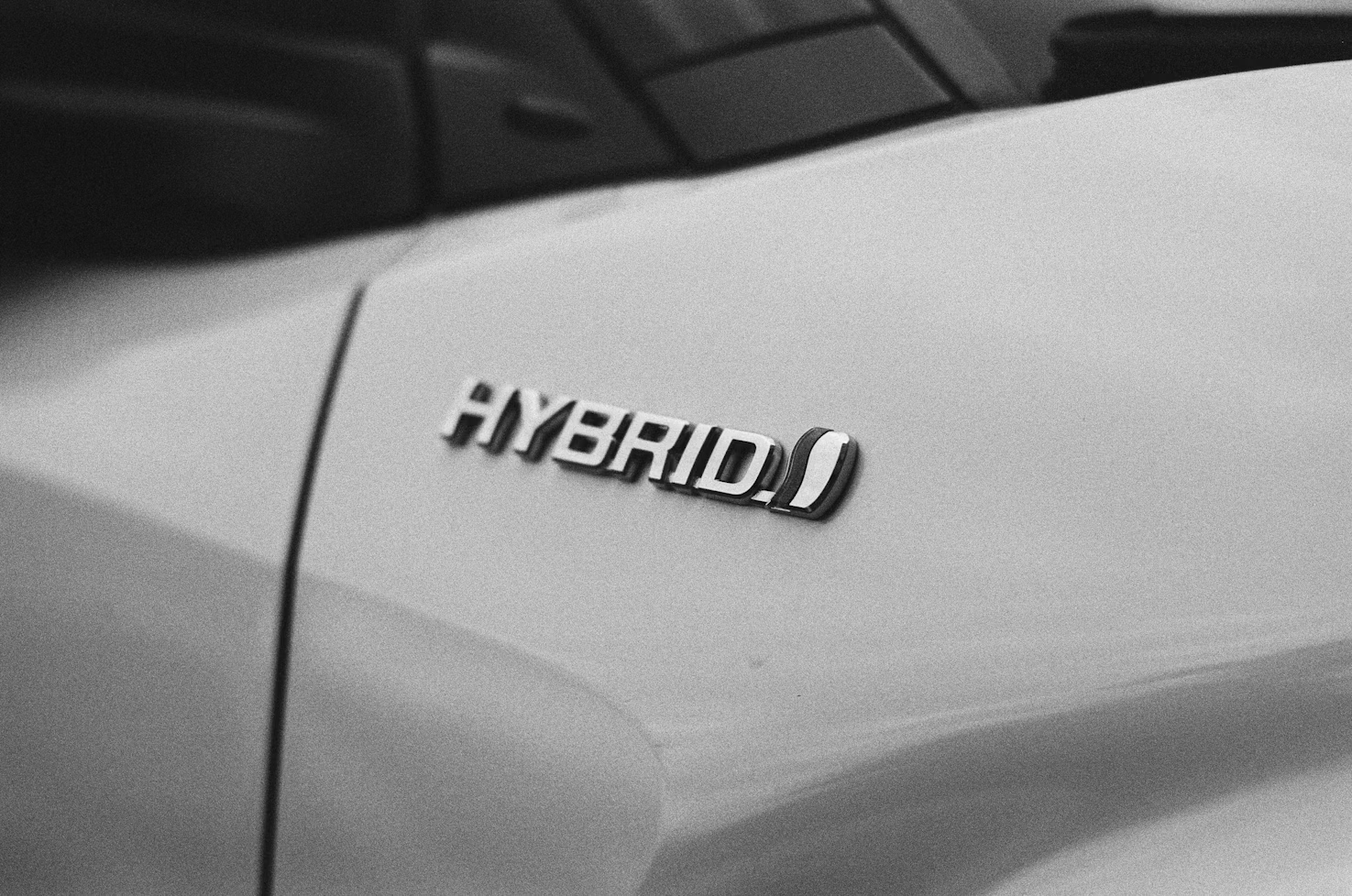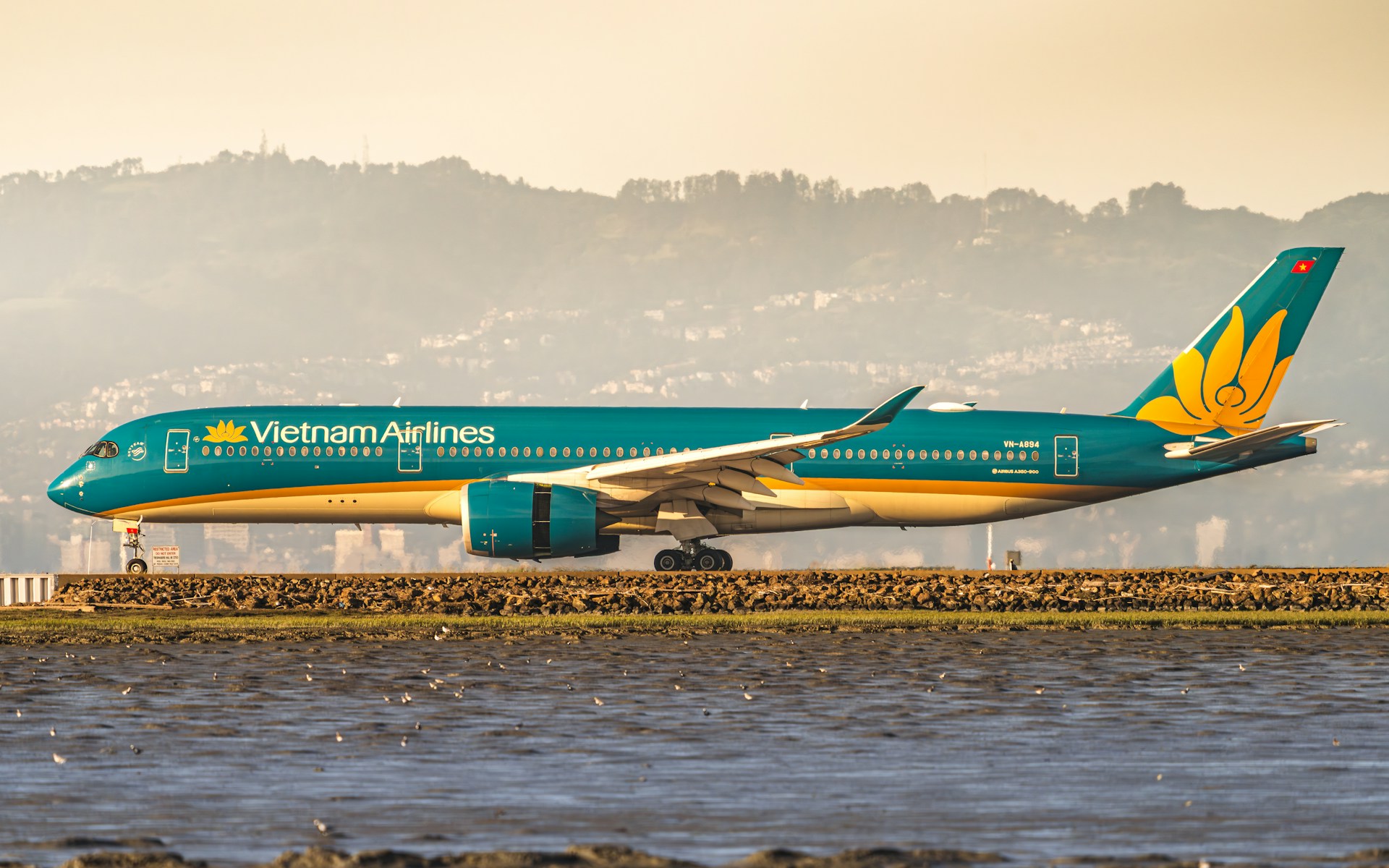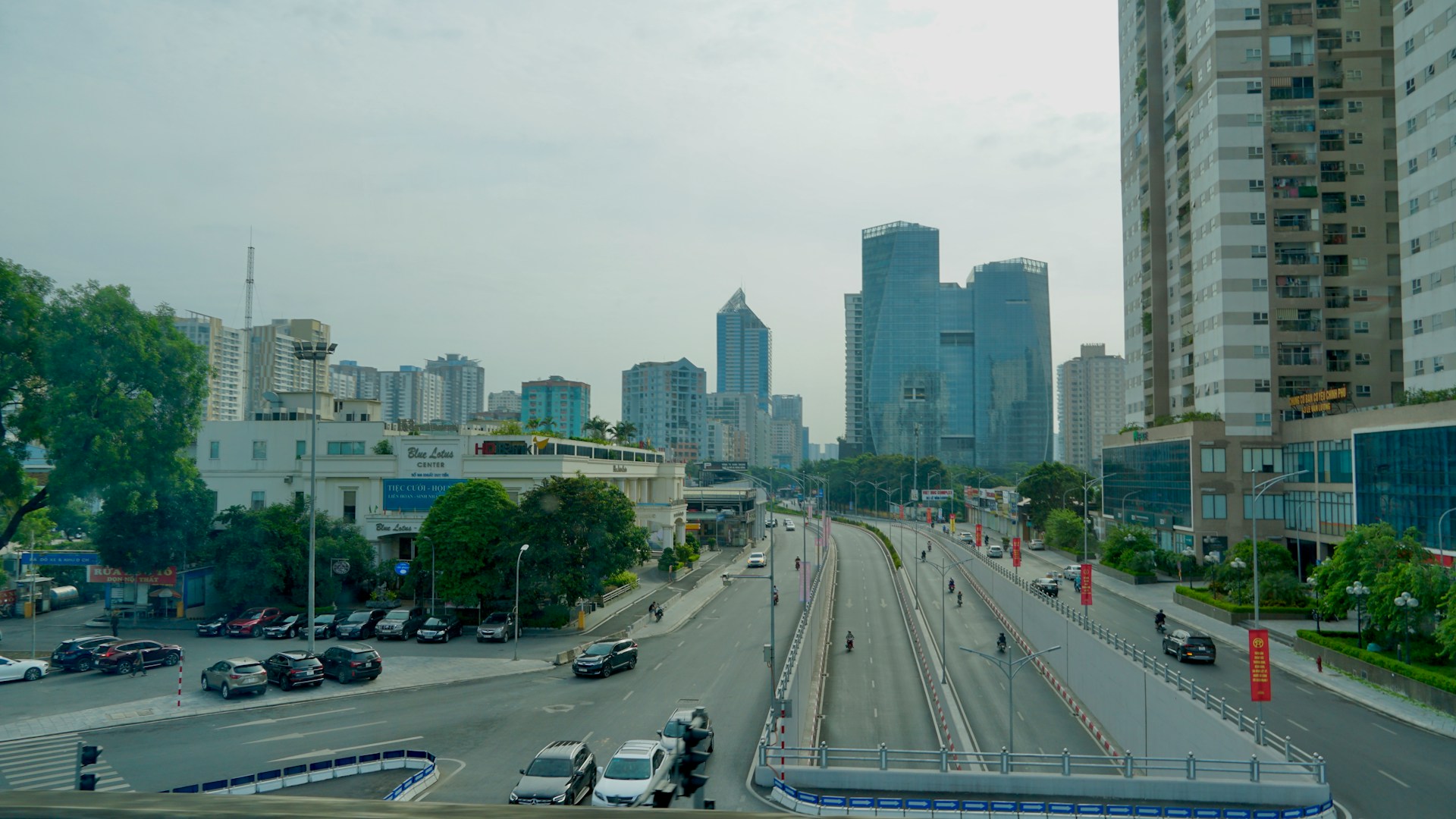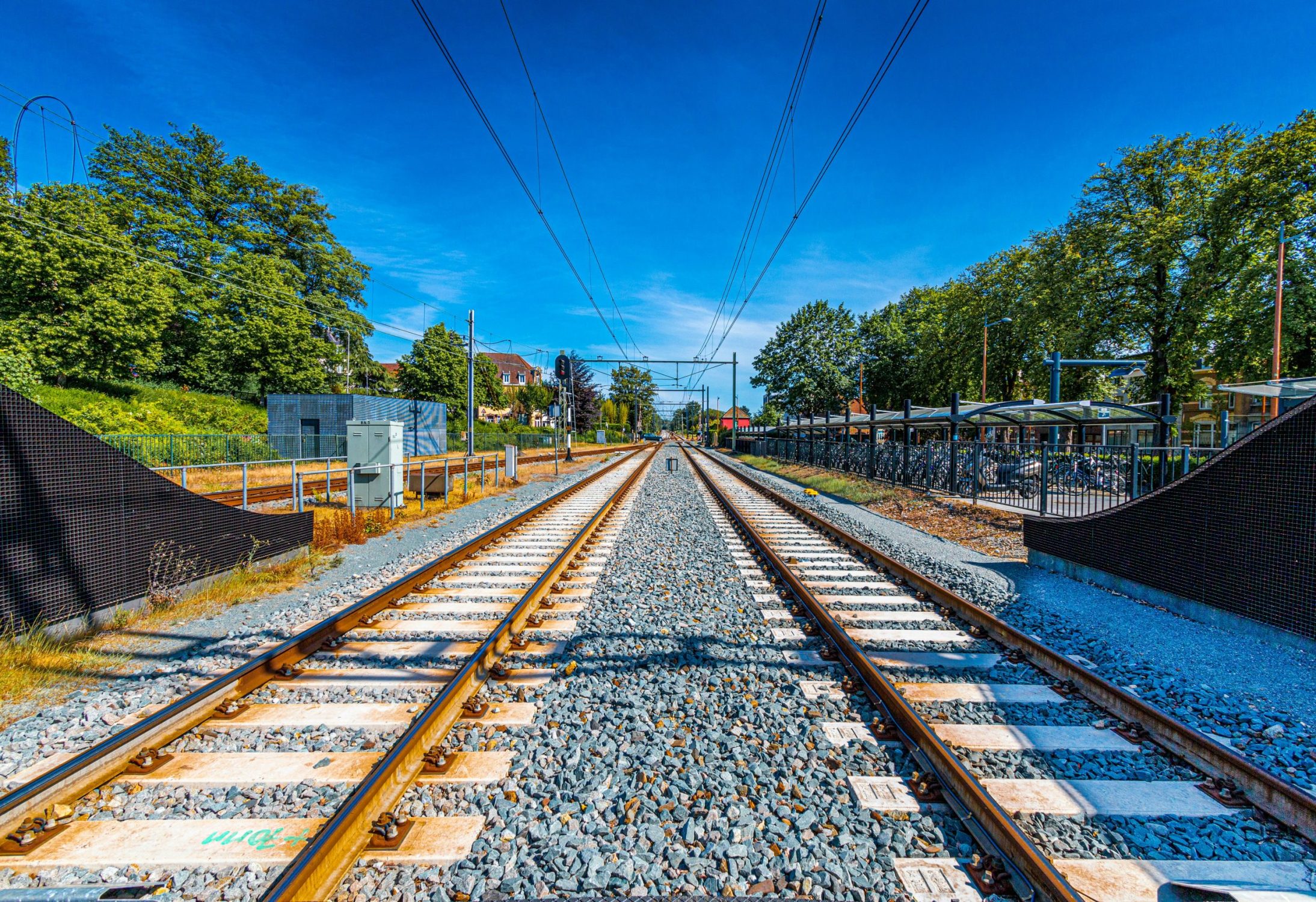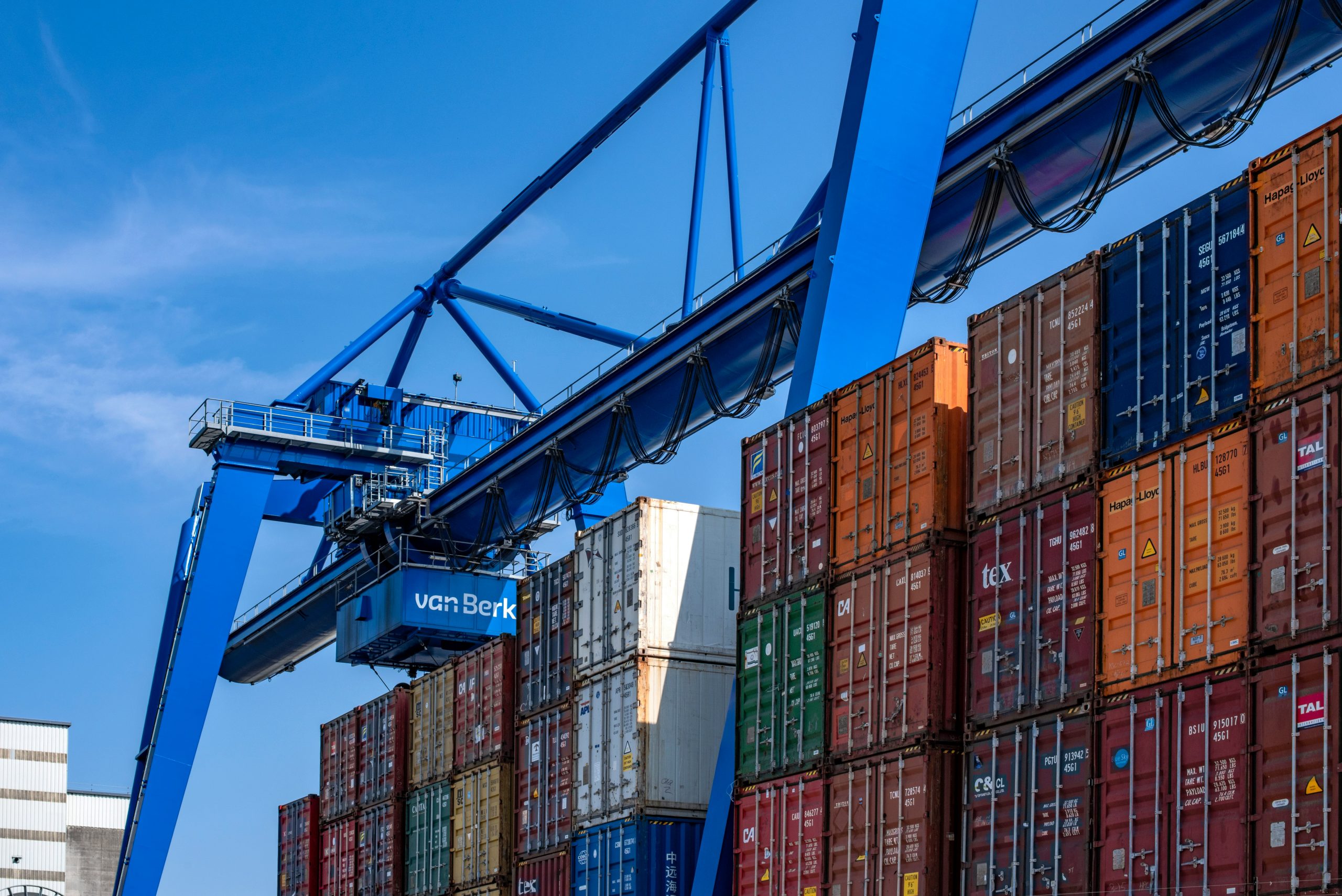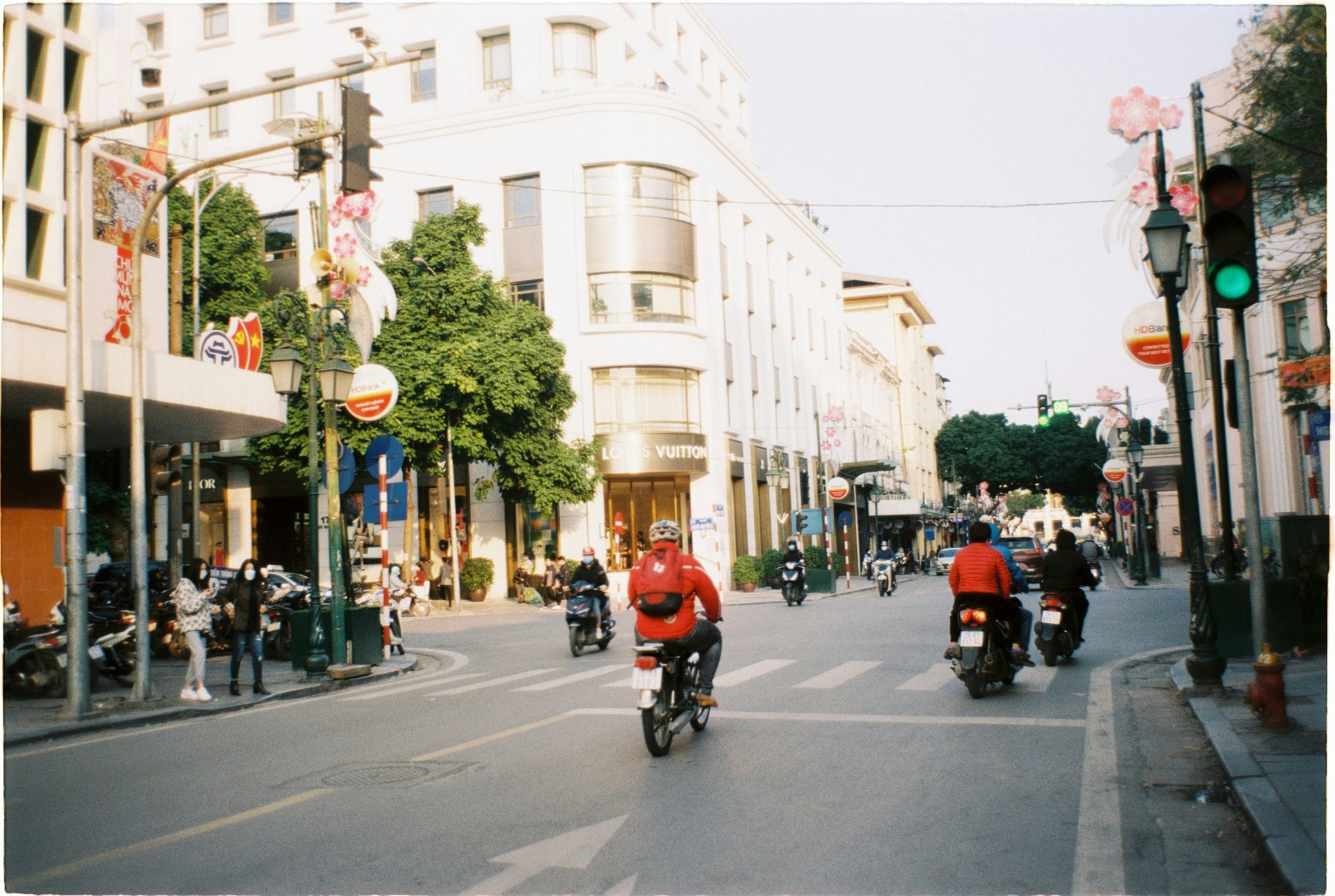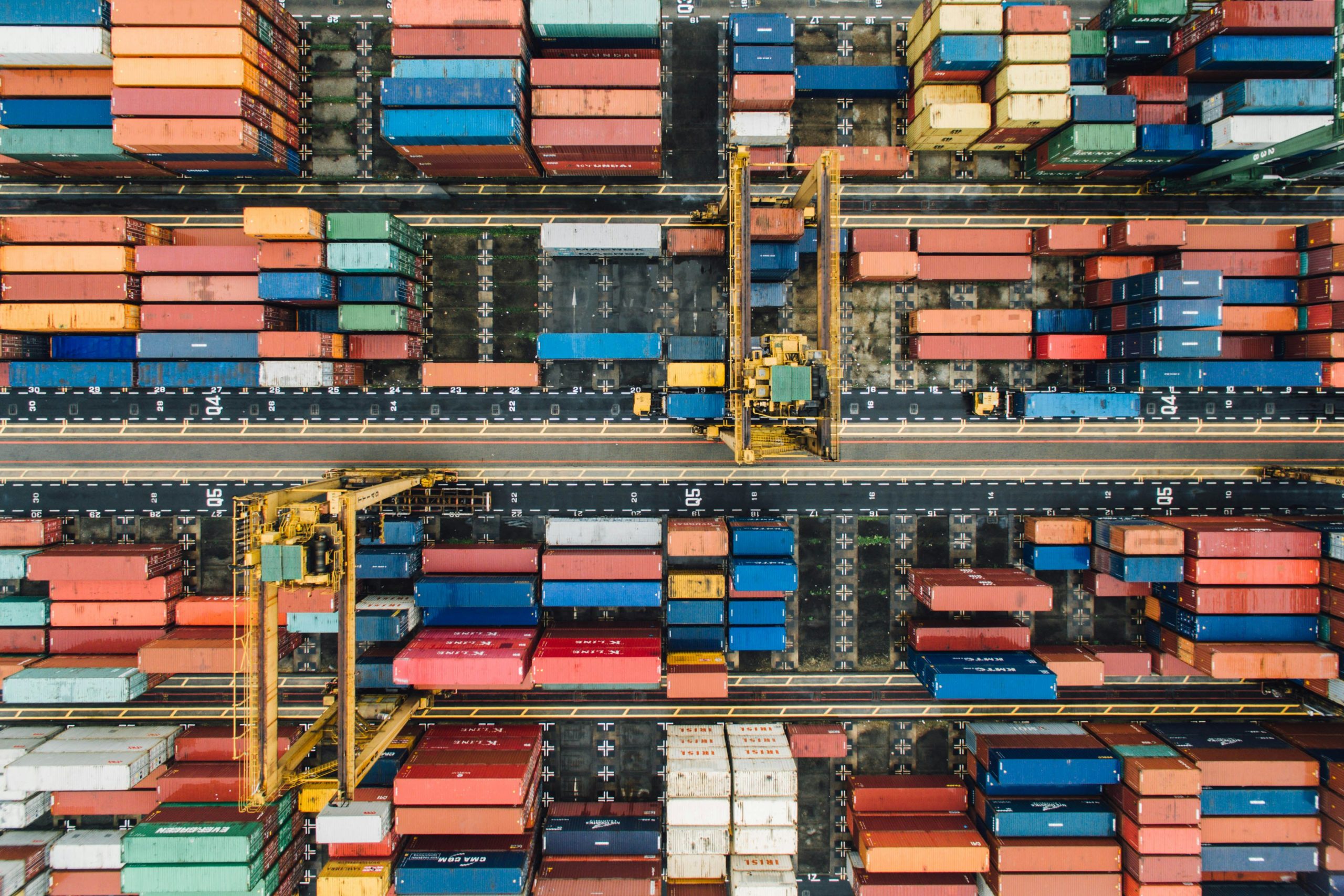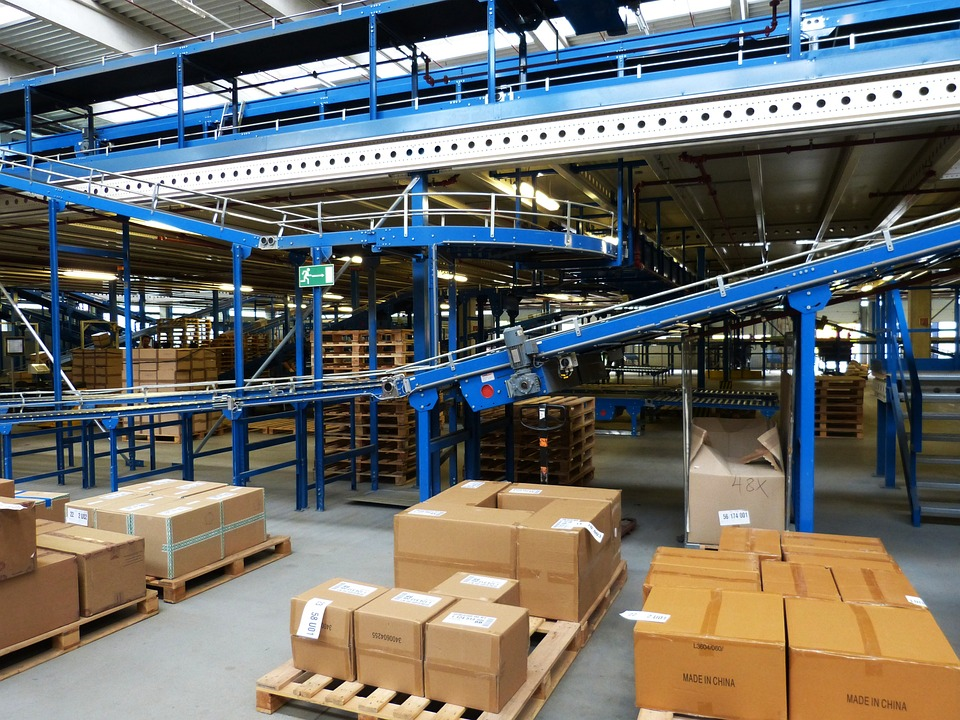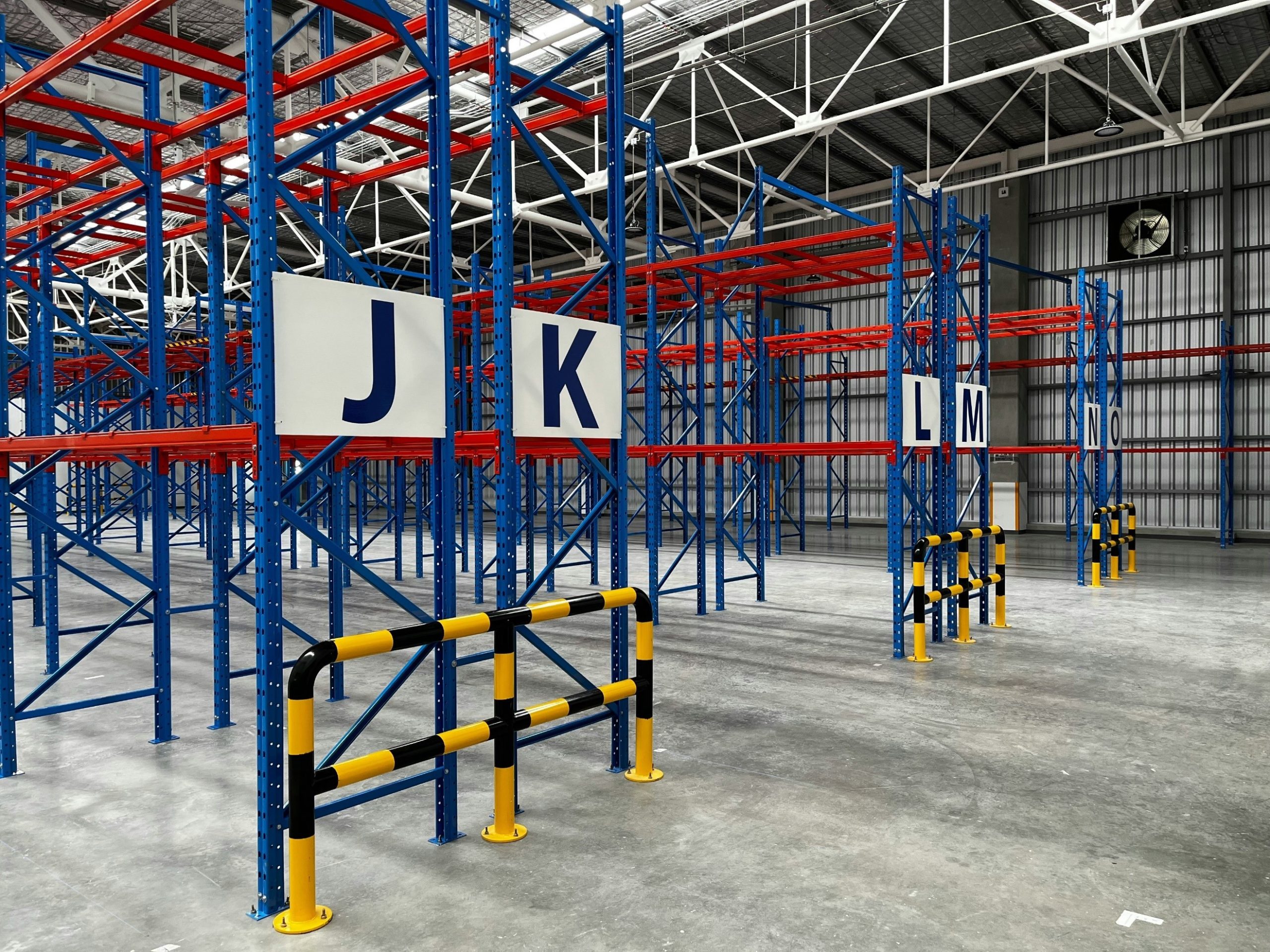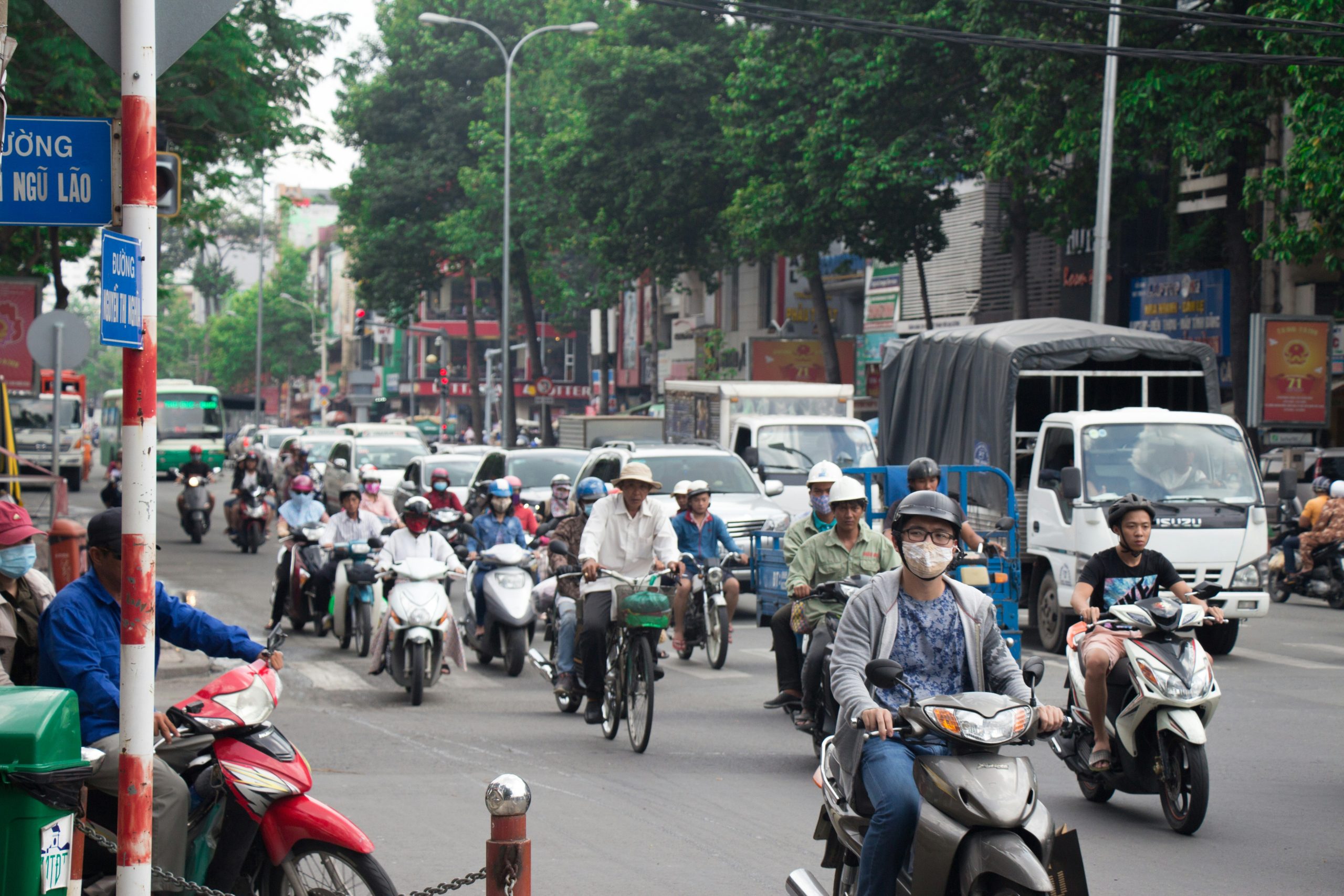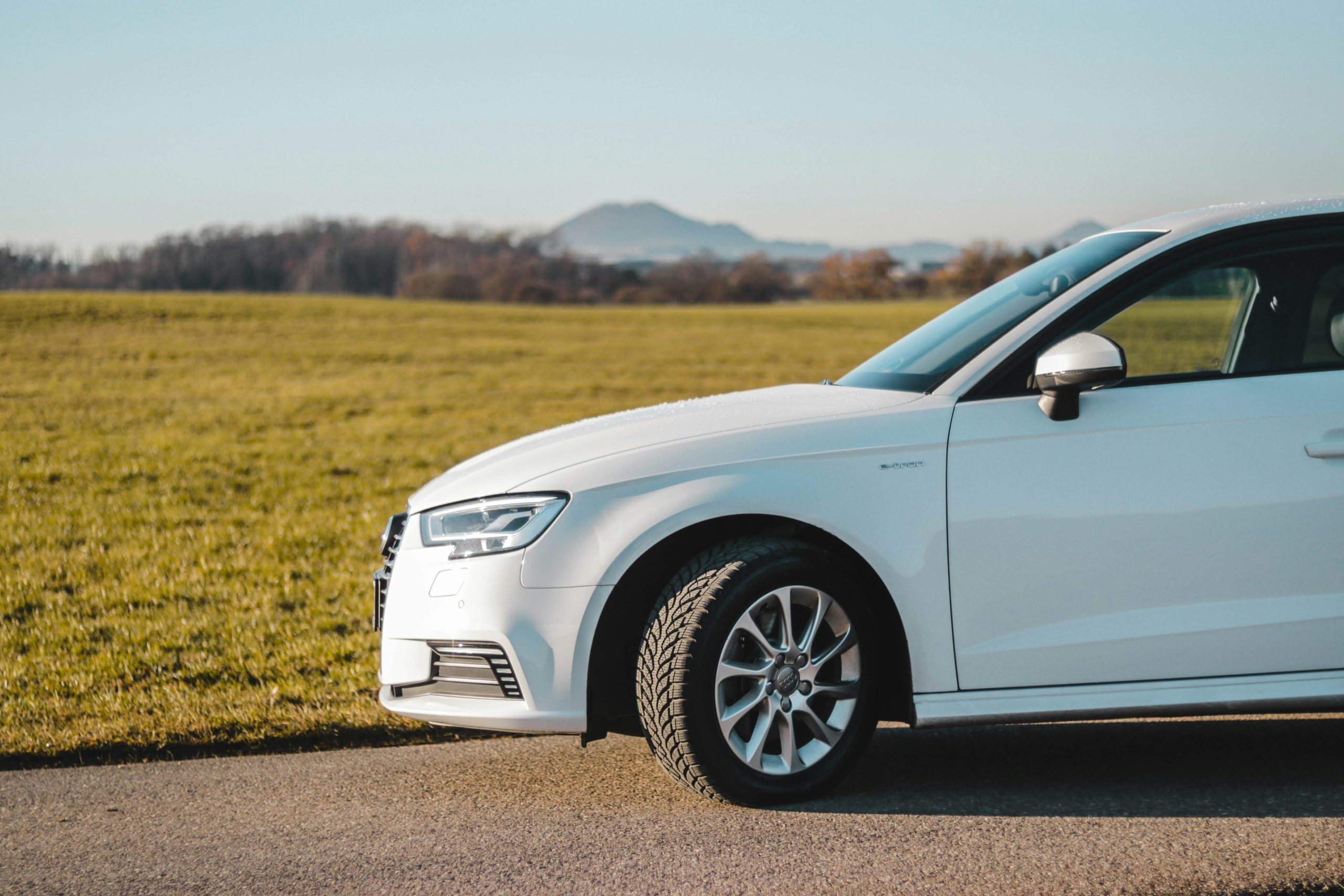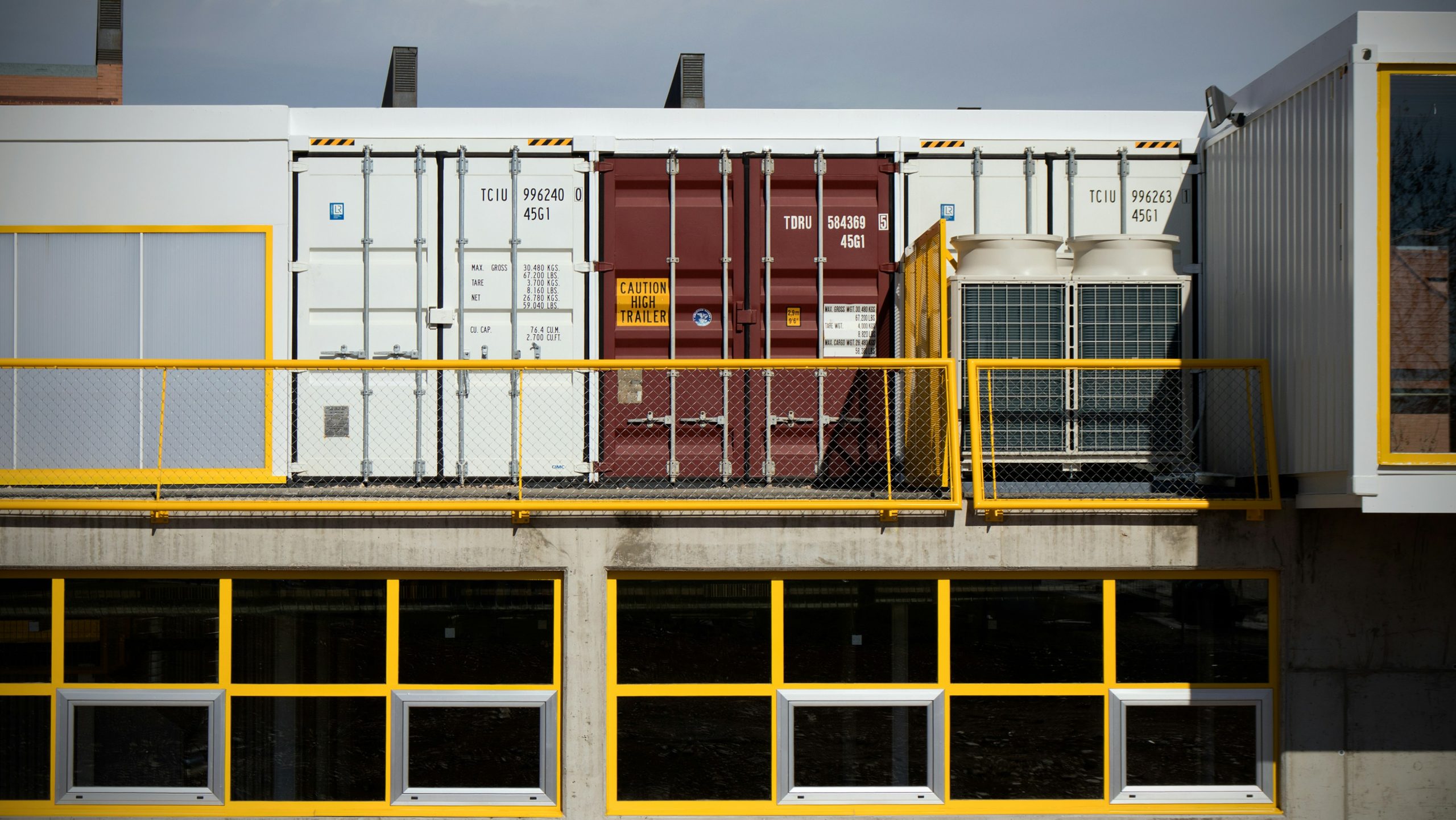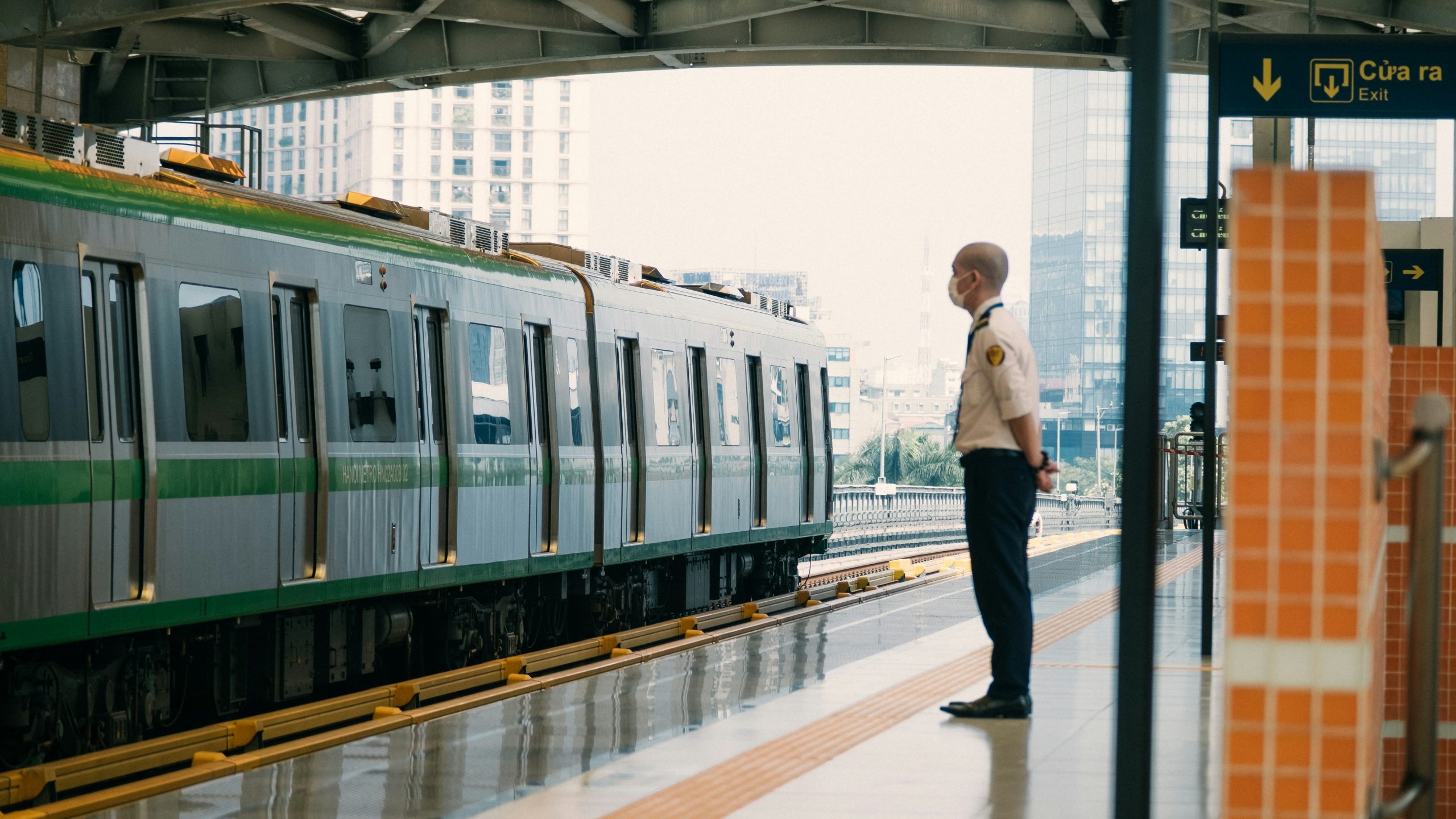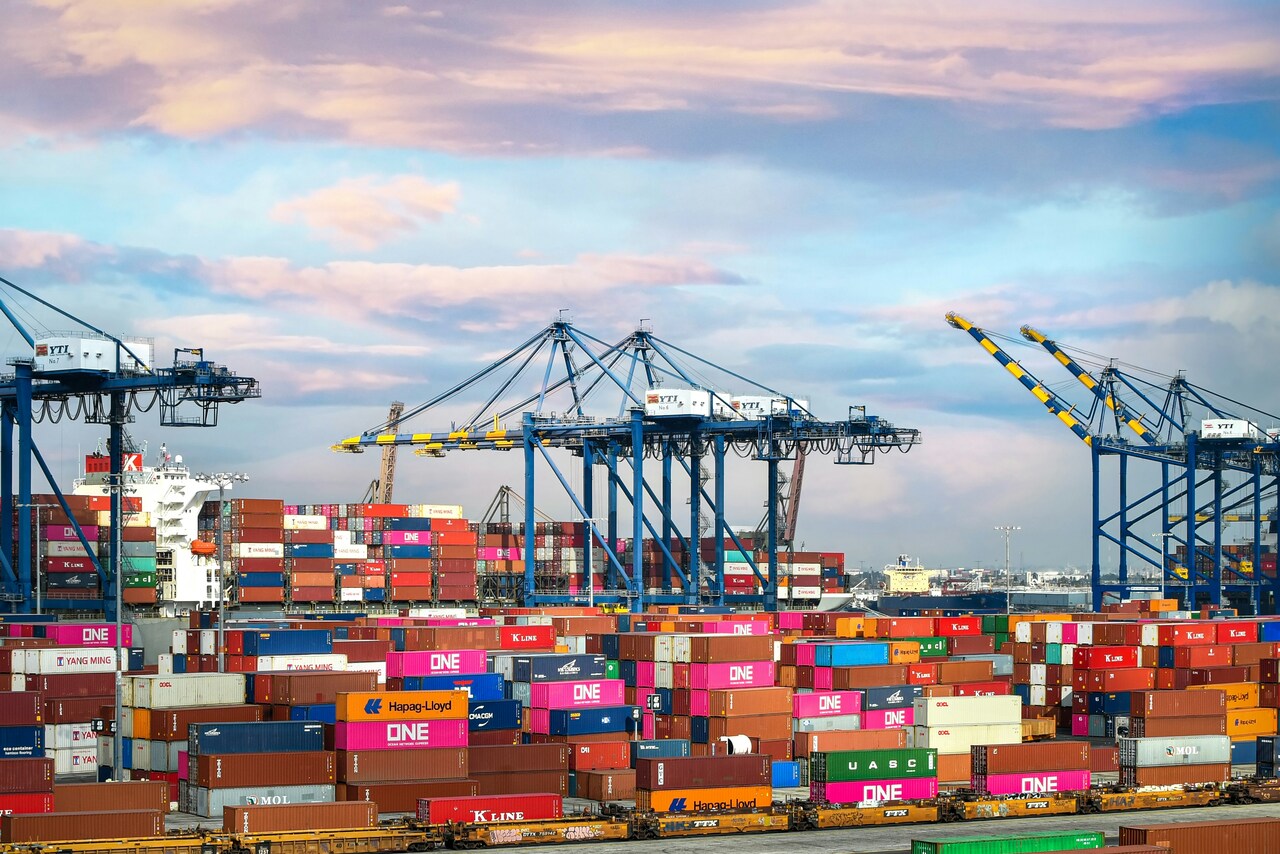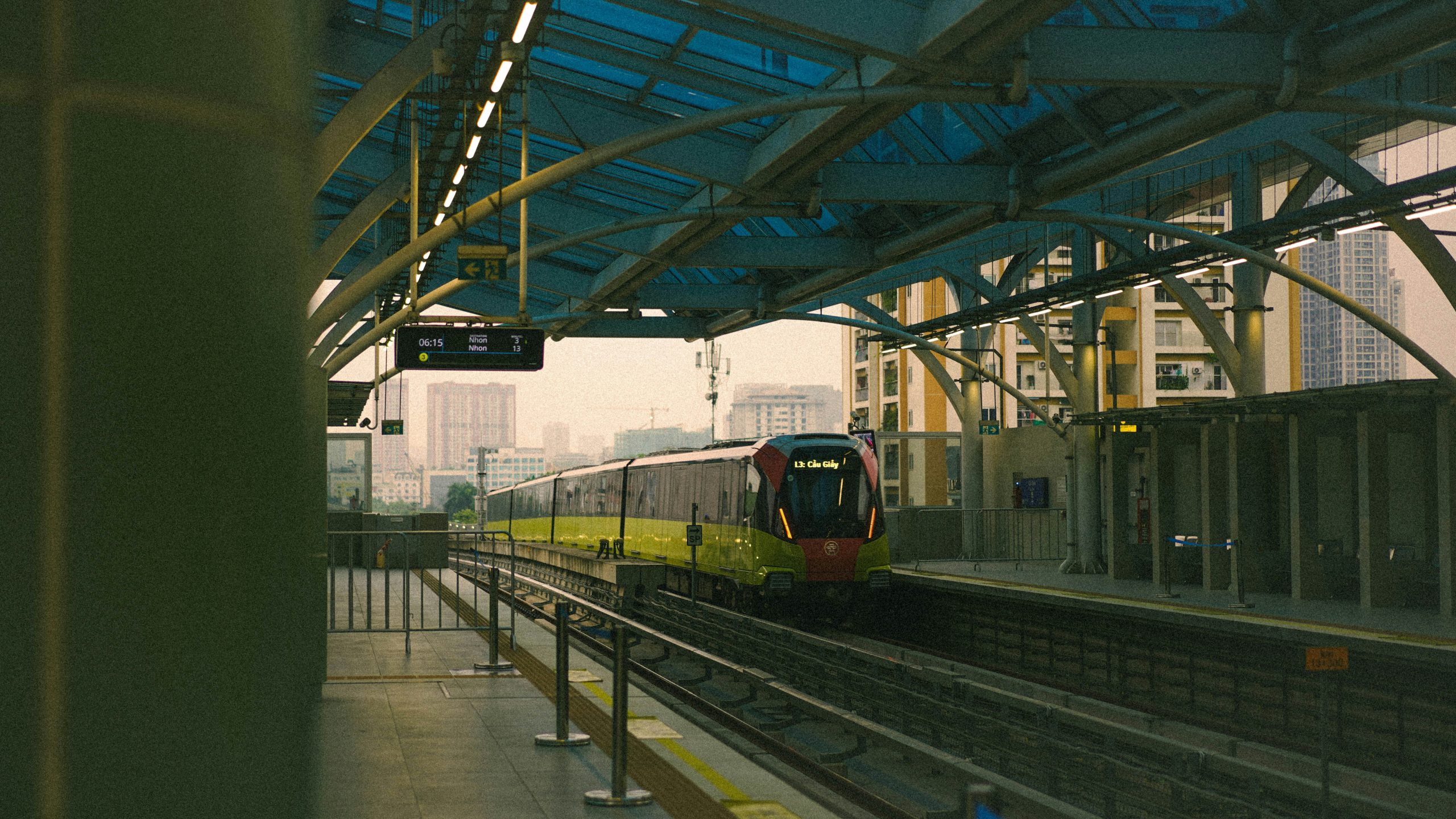
17Jan2025
Latest News & Report / Vietnam Briefing
Comments: No Comments.
Ho Chi Minh City’s Metro Line 1 (Ben Thanh – Suoi Tien) represents a transformative step in the development of urban transportation infrastructure. As the city’s first metro system, it promises to alleviate traffic congestion, enhance connectivity, and support sustainable urban growth. This exploration highlights the project’s status, anticipated impacts on mobility, and its role in shaping the future of public transit in the region.
Current State of Urban Transportation Infrastructure in Ho Chi Minh City
Ho Chi Minh City, Vietnam’s largest economic hub, faces significant challenges in managing its urban transportation. The current infrastructure must cater to the mobility needs of over 10 million residents, not to mention the influx of people from neighboring provinces.
The main modes of transportation include motorbikes, buses, bicycles, and cars. However, the heavy reliance on motorbikes, which make up the majority of vehicles, has led to severe traffic congestion. As of late 2023, the city had around 10 million registered vehicles, including over 7.6 million motorbikes and 700,000 cars. Additionally, over 2 million vehicles enter the city daily from surrounding areas, further straining the transportation network.[1]
Public transport in Ho Chi Minh City primarily consists of buses, taxis, motorbike taxis, and ride-hailing services, with buses being the most widely used. Despite their popularity, the city faces challenges with traffic congestion and limited infrastructure. Metro Line 1 will be the first of its kind, marking a significant milestone in the city’s public transit development.
Modes of transportation during rush hours in Ho Chi Minh City
Source: Thanh Niên Newspaper
Metro Line 1: Ben Thanh – Suoi Tien starts operating from Dec 22, 2024
The implementation of Metro Line 1 Ben Thanh – Suoi Tien is a big step forward in improving the urban transport infrastructure of Ho Chi Minh City. The 19.7 km long Metro line connects the city center with suburban districts such as Thu Duc, the high-tech park, and Suoi Tien tourist area. The line is designed with 14 stations, including 3 underground stations and 11 elevated stations with a maximum speed of 110 km/h (elevated) and 80 km/h (underground).[2]
Passengers on Ho Chi Minh City’s Metro Line 1 can choose from various ticket options, including one-way, one-day, three-day, and monthly passes. One-way tickets range from 6,000-20,000 VND depending on payment method and distance, while monthly tickets are priced at 300,000 VND, with students enjoying a 50% discount. Unlimited travel is available with one-day and three-day tickets, priced at 40,000 VND and 90,000 VND, respectively. Additionally, disabled and elderly passengers are exempt from ticket fees under the city’s policy. [3]Once operational, it is expected to serve around 200,000 passengers daily, alleviating traffic pressure and improving the urban environment.
Image of a train on Metro Line 1
Source: baogiaothong.vn
Future Transportation Development Plans in Ho Chi Minh city
In the future, Ho Chi Minh City is planning an ambitious expansion of its transportation infrastructure, aiming to construct seven urban railway lines totaling 355 km by 2035, with an investment exceeding $40 billion. This plan accelerates the completion of the city’s 510 km metro network by 2045.
For buses, by 2026, all operational buses will transition to electric buses, complemented by 72 new electric bus routes with 1,108 vehicles from 2025 to 2030. Additionally, the city is integrating AI technology into traffic management, including monitoring, traffic light control, information dissemination, violation handling, and traffic simulation and forecasting.
Diagram of the 8 planned metro lines in Ho Chi Minh City
Source: baogiaothong.vn
Opportunities and challenges for Ho Chi Minh City public transport infrastructure
The operation of Metro Line 1 brings positive prospects for urban transportation in Ho Chi Minh City. As the city continues to improve its public transportation system, it presents significant opportunities for investors. Enhanced infrastructure opens doors for businesses to invest in the city, particularly in smart transportation services, green mobility solutions, and AI-driven traffic management systems. These advancements position Ho Chi Minh City as an attractive destination for innovation and sustainable urban development in the near future.
However, developing urban transportation infrastructure in Ho Chi Minh City also faces significant challenges, including substantial investment requirements, complex land clearance issues, and the need to change residents’ reliance on personal vehicles. To overcome these challenges, the city requires a long-term planning strategy, modern technology applications, and increased public awareness campaigns about the benefits of public transportation.
With contributions from both government and businesses, Ho Chi Minh City has the potential to become a metropolis with a comprehensive and modern public transportation system, fostering a greener and more sustainable living environment for the future.
[1] https://plo.vn/tphcm-co-hon-76-trieu-xe-may-tao-ra-ap-luc-giao-thong-the-nao-post806429.html
[2] https://thuvienphapluat.vn/phap-luat-doanh-nghiep/bai-viet/lo-trinh-va-thoi-gian-hoat-dong-tuyen-metro-so-1-ben-thanh-suoi-tien-10097.html
[3] https://vnexpress.net/metro-ben-thanh-suoi-tien-van-hanh-4830508.html
* If you wish to quote any information from this article, please kindly cite the source along with the link to the original article to respect copyright.
| B&Company
The first Japanese company specializing in market research in Vietnam since 2008. We provide a wide range of services including industry reports, industry interviews, consumer surveys, business matching. Additionally, we have recently developed a database of over 900,000 companies in Vietnam, which can be used to search for partners and analyze the market. Please do not hesitate to contact us if you have any queries. info@b-company.jp + (84) 28 3910 3913 |
